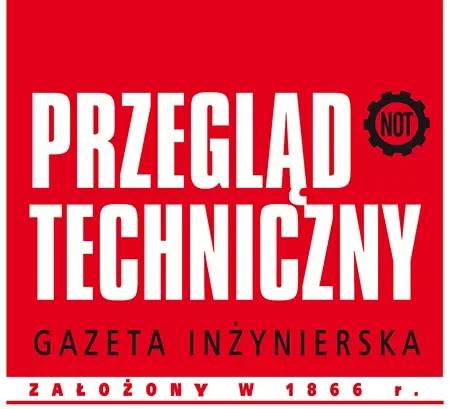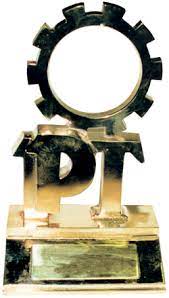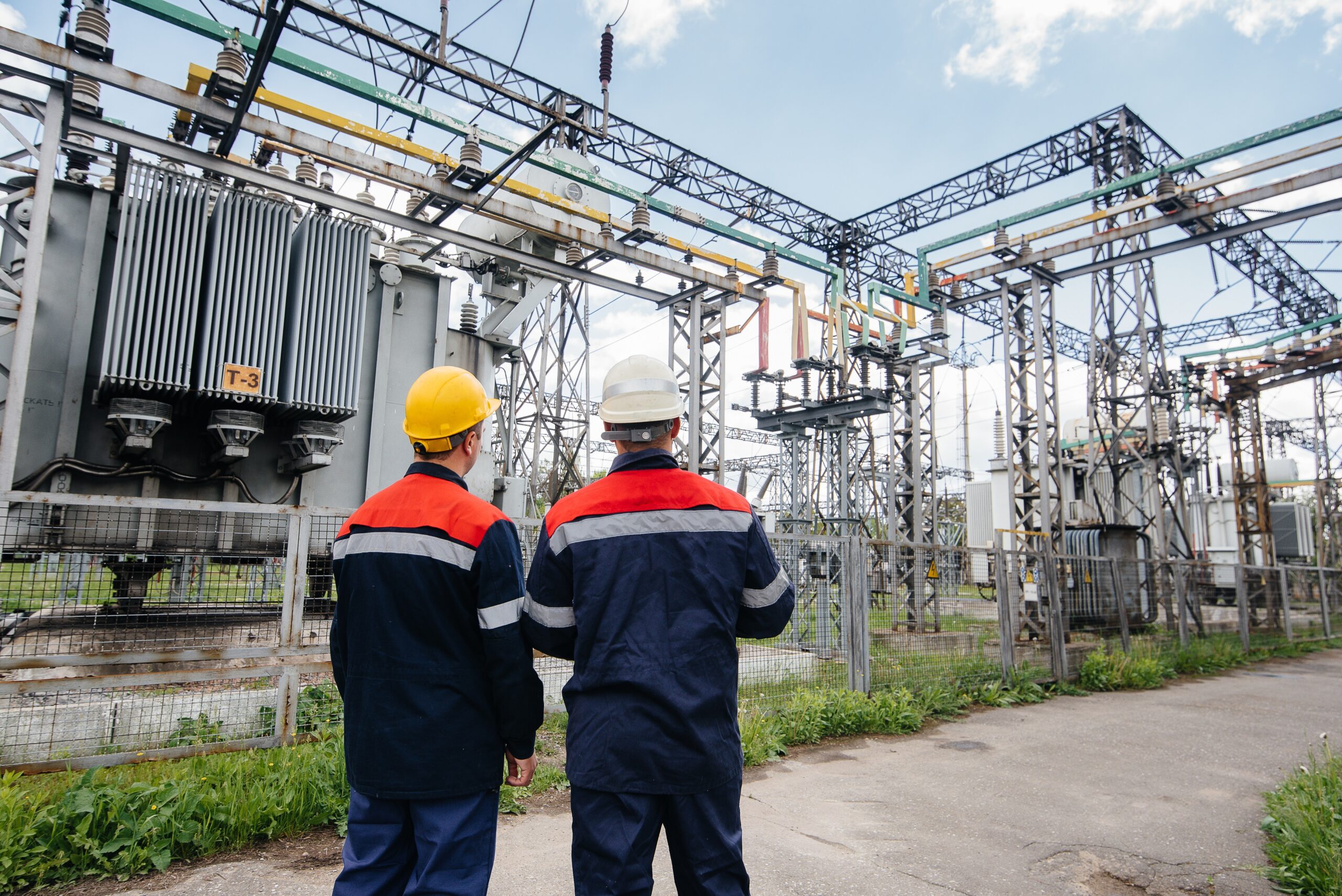The functioning of all industrial sectors is inextricably linked to the use of machines, devices and entire installations. Many technologically advanced areas require an emphasis on safety issues, and their functioning includes ensuring safe and hygienic working conditions when using machines and other technical devices. A unified system of technical EU regulations, the New Approach directives, regulate and ensure a coherent approach to the safety of devices and the people operating them. The condition is the proper understanding and application of the regulations. They combine requirements for manufacturers and for people operating devices. In addition to the device directives, there are so-called social directives, applicable independently of, but simultaneously with, the New Approach directives.
IMPLEMENTATION OF THE WED DIRECTIVE INTO NATIONAL LAW
WED (Work Equipment Directive)
First edition of the Tools Directive 89/655/EEC of 30/11/1989 [1] was implemented into the national legal system by the regulation of the Minister of Economy of 30 October 2002. on minimum requirements for occupational health and safety in the use of machinery by employees at work (Journal of Laws of 2002, No. 191, item 1596) [2]. The regulation was published on 18 November 2002.
Regulations aimed at improving the safety of machines in use, including those installed at the workplace, are addressed to employers.
Chapter 6 of the Regulation specifies the conditions and deadline within which this task should be carried out by employers – see Chapter 6 “Transitional and final provisions”.
| §34 |
| Machines acquired before 1 January 2003 must be brought into compliance with the minimum requirements for machines specified in Chapter 3 by 1 January 2006. |
Within the meaning of the WED directive, machines are “all machines and other technical devices, tools and installations used during work”, and the directive itself, i.e. the regulation implementing it, remains binding on employers to this day. The requirements described cover a much broader area than just a “work tool.” They cover many areas of responsibility and mandatory actions that employers must take for the safety and health of their employees.
Marcin Mitek
Branch manager
Office of Technical Inspection
in Poznan
Robert Wersta
Head of Conformity Assessment Department
technical inspection authority
Branch in Wrocław
Independent expert for pressure equipment
Specialist at the Office of Technical Inspection in 1996–2020
UDT in Radom
Read more: https://www.sigma-not.pl/zeszyt-7517-przeglad-techniczny-2024-6.html





